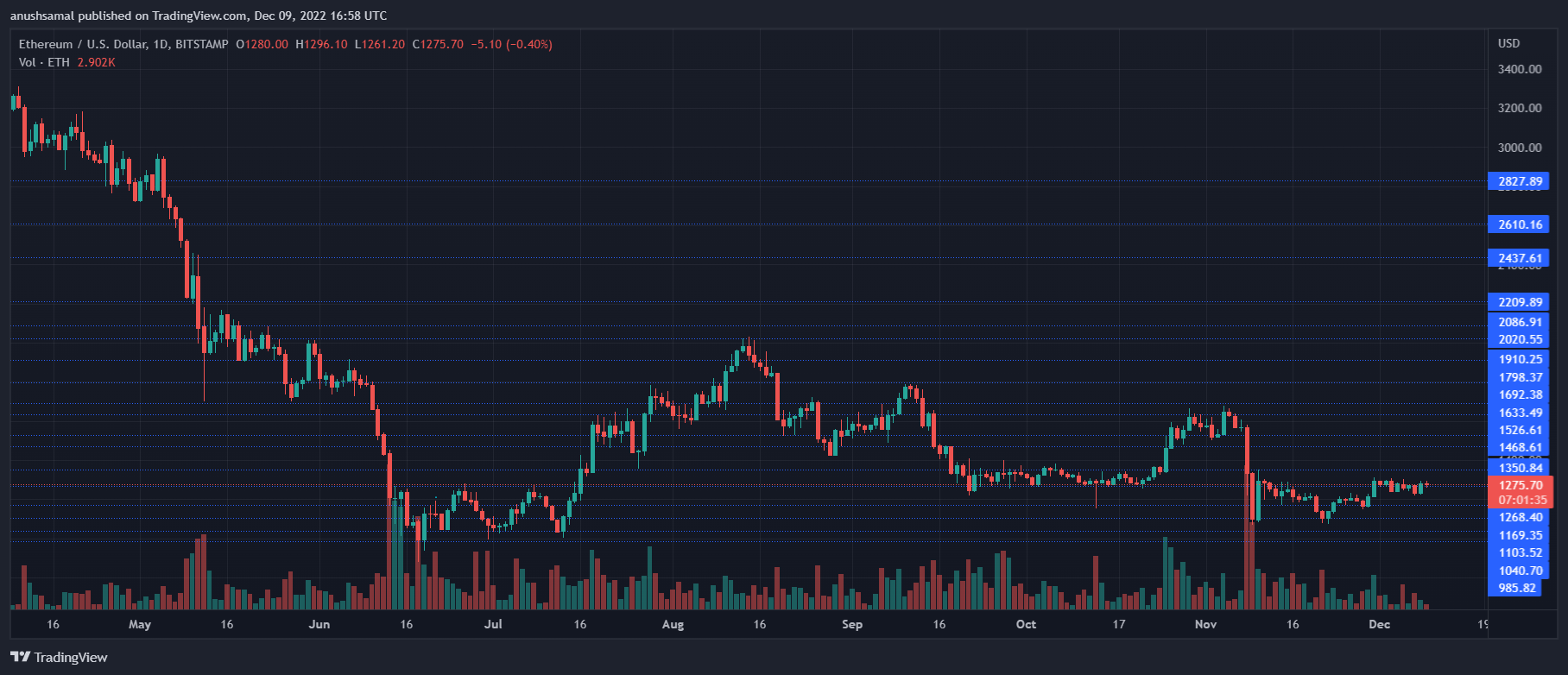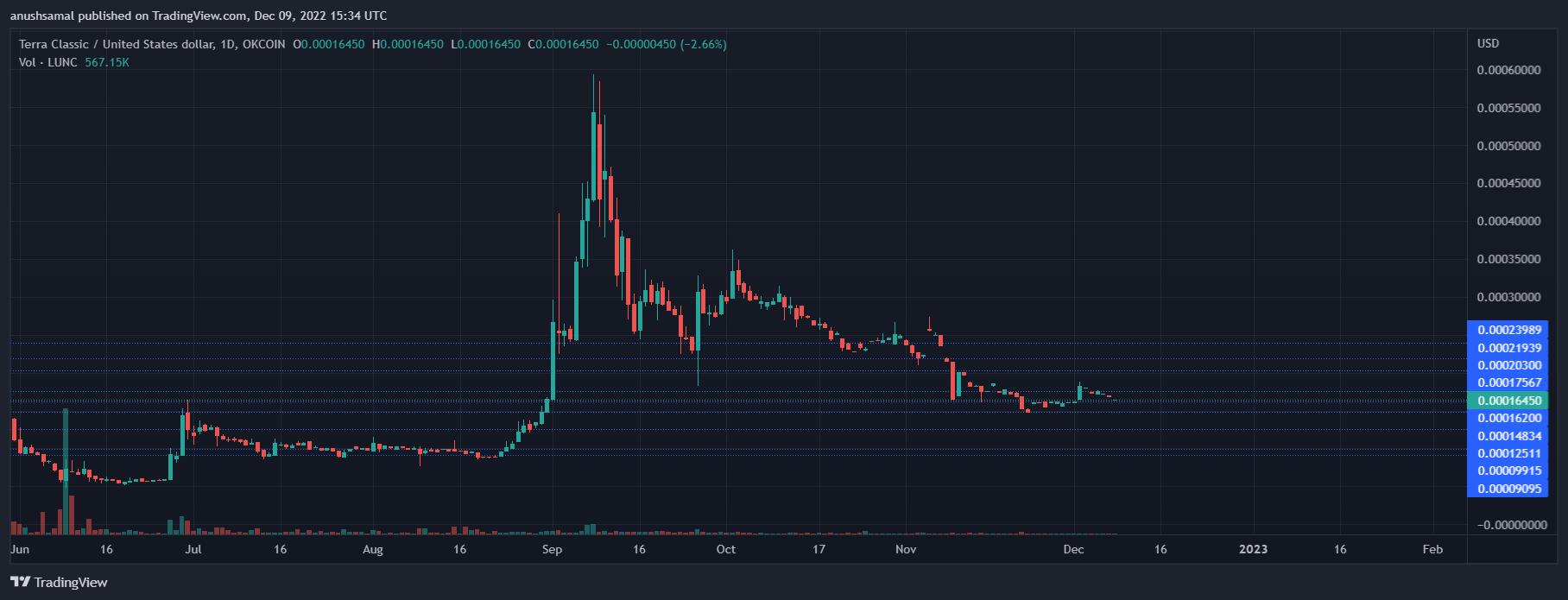European Central Bank Moves Up Investigation Phase Of Digital Euro, How This Could Affect Crypto
President of the European Central Bank Christine Lagarde took to Twitter earlier to announce that the European Central Bank has decided to move up the investigation phase for the euro digital currency. The tweet comes in response to a tweet from the European Central Bank official Twitter handle, announcing that the institution would launch a project to prepare for the possibility of the issuance of a digital euro.
In a press release posted on the central bank’s website, the goals of the project were aligned. This included how long it expected the investigation phase to last, that the project would be designed to users’ preferences, and there had been no technical issues found in a preliminary investigation phase that the bank had carried out.
Related Reading | Bloomberg Analyst Provides Blueprint Of Bitcoin Path To $100,000
Speculations abound about how a central bank digital euro would affect the price and market of currency cryptocurrencies. But for now, the realization of this project remains in the far future as just the announced investigative phase would take over two years to complete.
Hot on the heels of this came the tweet from the president of the central bank stating that the institution had decided to get started on the investigation phase. This came only about an hour after the announcement tweet for the press release went live.
We have decided to move up a gear and start the investigation phase of the digital euro project. In the digital age people and firms should continue to have access to the safest form of money – central bank money. https://t.co/sGdxTiipsU
— Christine Lagarde (@Lagarde) July 14, 2021
What This Could Mean For Cryptos
Central bank digital currencies are not a new concept. Lots of countries have been experimenting with CBDCs after the popularity of cryptos grew to the point where governments could no longer ignore it. Citizens were going to use it whether governments wanted it or not.
With the advent of CBDCs like the digital euro, it could spell doom for some cryptocurrencies. This means that the digital euro would be backed by the European Central Bank and be tied to the actual value of its fiat counterpart.
Total crypto market cap currently at $1.33 trillion | Source: Crypto Total Market Cap on TradingView.com
This would mean that euro-backed stable coins would have to compete with the digital euro which is really just an electronic format of the euro. The more stable nature of the CBDCs means that they would be less susceptible to large price fluctuations.
Also enters the issue of using cryptocurrencies as a means of exchange and as a currency. If there are successful CBDCs in the market, then the dream of using coins like bitcoin and ethereum as currencies for daily purchases might just be farther off than forecasted.
The appeal of using cryptocurrencies as a currency comes from the fact that they are perceived as a safer option by holders. If the central bank were to bring the same utility with their coins, then cryptocurrencies might be in for a fight.
A Safer Way To Pay
So far, over 46 countries have announced that they are researching into CBDCs and are looking for a better way for their citizens to pay with their currencies. The European Central Bank has now joined the long line of central banks doing this.
CBDCs when compared to fiat money provide faster, cheaper, and more efficient payments. The digital currencies are going to be built on already existing crypto blockchain systems like bitcoin and ethereum.
Related Reading | I Stand By My $100,000 Bitcoin Price Target, Anthony Scaramucci
But while these CBDCs provide all of the above and more, it defeats the purpose of one of the biggest reasons cryptos were created in the first place; people do not want a government-controlled currency. The decentralized nature of coins like bitcoin has been one of the biggest draws of holders to them.
On the other hand, CBDCs will be under full governmental control and governments will be able to track and trace what citizens do with their currencies.
So while CBDCs might pose a formidable threat to cryptos, their centralized nature remains a big reason why investors are not excited about them.
Featured image from Forbes, chart from TradingView.com


